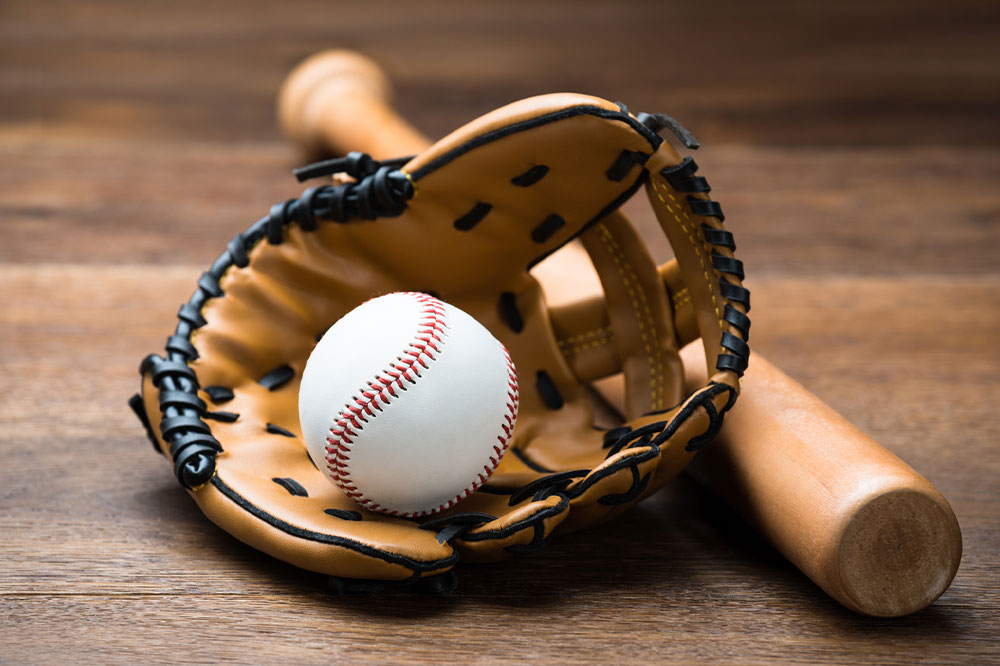A Beginner’s Guide to Different Types of Sports Memorabilia

When it comes to sports, the thrill of competition goes beyond the boundaries of stadiums and arenas. It surpasses time, captivating fans and collectors alike with its rich history and iconic moments. Sports memorabilia is a tangible connection to those exhilarating experiences, allowing fans to own a piece of sporting excellence. While some may view these items as mere souvenirs, there is a remarkable subcategory of sports memorabilia that goes beyond sentimental value.
Sports memorabilia
Sports memorabilia holds a special place in the hearts of fans and collectors alike. It encapsulates the essence of sporting moments, immortalizing legendary athletes, iconic teams, and historical events. Owning a piece of sports history brings a sense of pride and connection, allowing fans to feel a part of the action. Whether it’s a game-used jersey, a signed baseball, or a vintage program, sports memorabilia captures the magic of the past and keeps the spirit of sports alive. Here are a few categories of sports memorabilia-
Historic game-worn jerseys
Game-worn jerseys of iconic athletes are highly sought after by collectors. These jerseys carry the weight of history and often become rare finds as they age. Jerseys worn during milestone moments, championship games, or record-breaking performances hold significant value. Their direct connection to specific events or players and their scarcity contributes to these jerseys’ rising demand and value.
Championship rings
Championship rings represent the height of success in sports and are considered prized possessions by both players and collectors. Decorated with diamonds and other precious gems, these rings represent team achievements and individual excellence. Due to their limited availability and innate prestige, championship rings often command high prices in the market, making them valuable investments.
Hall of Fame inductee memorabilia
When athletes are inducted into prestigious sports Hall of Fame, their memorabilia gains an exceptional value. Items such as autographed baseballs, basketballs, or footballs from Hall of Famers are always in high demand. As their legacy and impact on the sport are recognized worldwide, the value of their memorabilia tends to rise. Collecting items associated with Hall of Fame inductees allows fans to celebrate and preserve the accomplishments of these legendary figures.
Rookie cards
Rookie cards are trading cards that first features athletes, generally at the beginning of their professional careers. These cards hold significant value, mainly if they depict players who later became superstars or achieved remarkable career milestones. The rarity and condition of the card play a crucial role in determining its value. As the athlete’s career progresses and their reputation grows, the demand for their rookie cards increases, driving up their market price.
Vintage sports equipment
Vintage sports equipment, such as baseball gloves, wooden bats, or leather football helmets, carries a nostalgic appeal and can rise in value. Collectors often seek well-preserved, authentic equipment from the past. The lack of availability of vintage sports gear and its connection to specific eras or players make them valuable additions to any sports memorabilia collection.
Sports art and original photographs
In addition to traditional memorabilia items, sports art, and original photographs have gained popularity as collectibles. Paintings, sculptures, and limited edition prints depicting sports moments or iconic athletes have become sought-after works. Similarly, original photographs capturing iconic moments in sports history hold significant value. These artistic representations offer a unique way to celebrate sports and add a touch of aesthetic appeal to any collection.
The investment potential
While most collectibles hold sentimental value, certain sports memorabilia also has the potential to appreciate in price. These items serve as cherished possessions and can yield significant returns on investment over time. However, it is important to note that while most sports memorabilia have shown a track record of appreciation, the value of collectibles can change depending on market trends, the popularity of athletes, and the physical condition of the items. Therefore, conducting thorough research, seeking expert advice, and investing wisely will help maximize the potential return on your sports memorabilia investments.
The importance of authentication
When it comes to investing in sports memorabilia, authenticity is paramount. With the increasing popularity of sports collectibles, the market has also seen its fair share of counterfeit items. To ensure your investment’s value and integrity, obtaining items from reputable sources and seeking proper authentication is important. Certificates of authenticity, holograms, and detailed documentation are crucial in verifying the genuineness of sports memorabilia.
Preserving and displaying your collection
Proper preservation and display are essential to maintain the value and condition of your sports memorabilia. Consider these tips to protect your prized possessions-
Conservation materials
Use archival-quality storage materials, such as acid-free sleeves, cases, and display frames, to prevent damage from light, moisture, and dust.
Controlled environment
Store your collectibles in a controlled environment with stable temperature and humidity levels to prevent damage.
Framing and displaying
If you choose to display your memorabilia, opt for UV-protected display cases or frames to shield them from harmful sunlight. Avoid using adhesive or mounting materials that may damage the items.
Impact of sports gear and jerseys
While sports memorabilia often encompasses various items, sports gear and jerseys hold a special place in the hearts of collectors. Game-worn jerseys, equipment, and accessories are highly coveted for their direct connection to the athletes and the intensity of competition. Whether a basketball signed by a legendary player or a jersey worn during a championship game, these items carry an undeniable aura that resonates with sports enthusiasts and collectors alike.
Sports memorabilia offers a captivating blend of nostalgia, passion, and investment potential. From autographed jerseys to vintage equipment, these cherished items connect fans to the exciting world of sports. As fans and collectors continue to celebrate the spirit of various sports, the value of certain sports memorabilia continues to rise. So, whether you’re a sports enthusiast or an astute investor, exploring the world of sports collectibles can be an exciting journey that unites past and present, passion and profit.







